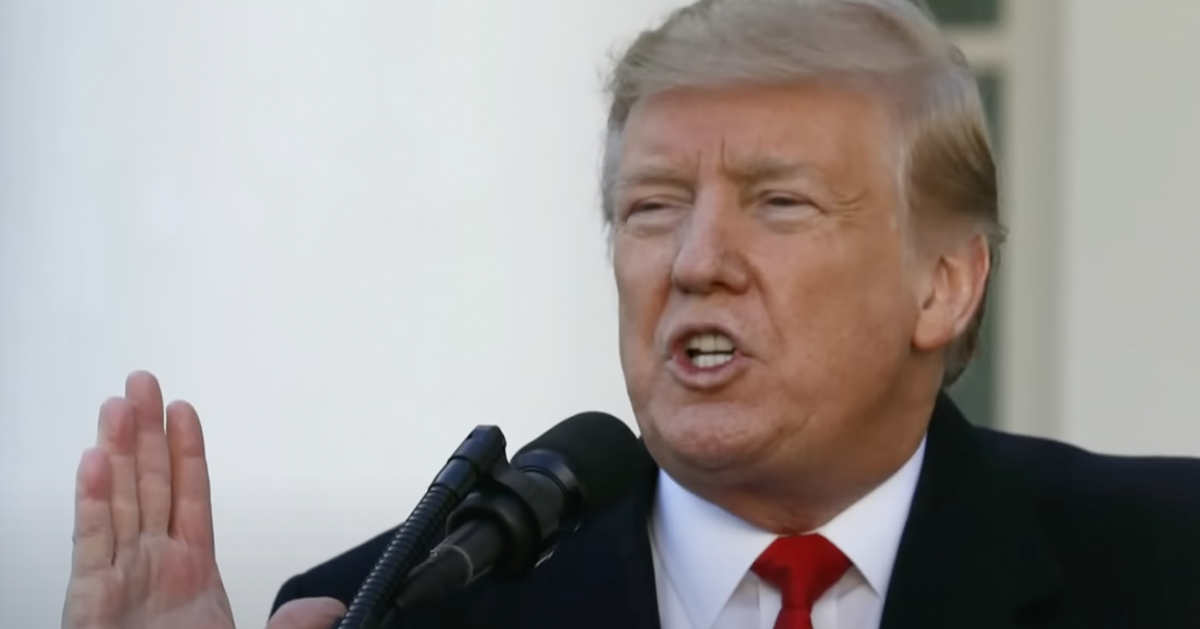Democrats Split Over Push for Sotomayor to Step Down from Supreme Court
The Democratic Party is at a crossroads over whether or not to urge Supreme Court Justice Sonia Sotomayor to retire early.
Amid fears of a further conservative shift at the high court, Democrats are debating the wisdom of potentially encouraging Sotomayor to consider a swift departure, as The Daily Beast reports.
Context of the Current Supreme Court Dynamics
The concern arises from the possibility of President-elect Trump shifting the court further to the right. This internal debate reflects the party's anxiety over controlling the appointment process while they still hold a Senate majority.
Sotomayor, appointed by President Barack, has served as a liberal stalwart on the court. At 70 years old and managing Type 1 diabetes, she is currently the oldest Democratic Party appointee on the bench.
Comparisons to Previous Court Changes
Party leaders recall the shift in the court's balance following Justice Ruth Bader Ginsburg's death in 2020, which led to President Trump's decision to appoint conservative Justice Amy Coney Barrett.
This event significantly tilted the court rightward, an outcome Democrats are eager to avoid exacerbating.
With an imminent change in the Senate's majority, confirming a replacement for Sotomayor could become a complex challenge. There are only two months left before the Senate shift's control, raising the stakes for the timing of any resignation.
Risks and Deliberations Within the Party
Senators are reportedly divided on the wisdom of pressuring Sotomayor to step down. The decision is complicated by the reluctance of some lawmakers to publicly endorse the idea of her resignation, given its sensitive nature.
An unnamed Democrat senator expressed concerns about the precarious situation that could arise if Sotomayor resigns, and a replacement is not confirmed swiftly: “What happens if she resigns and the nominee to replace her isn’t confirmed and the next president fills the vacancy?”
Strategic Considerations and Potential Successors
Amid these discussions, a senior Democrat highlighted the necessity of firm commitments from senators to back a nominee during the possible lame-duck session following the election.
The fear is that without these assurances, a resignation could lead to a worse outcome if the replacement process stalls.
J. Michelle Childs, a judge on the Washington D.C. Circuit, has been mentioned as a potential moderate successor who might garner enough bipartisan support to be confirmed more easily than a more partisan nominee.
Reactions to the Retirement Strategy
The internal debates have not been without criticism. Some party members have described the push for Sotomayor's retirement as both racist and ableist, arguing it unfairly targets the first Latina justice of the Supreme Court.
Reporting by Politico Playbook has elicited strong reactions, summarizing the sentiment as, “How dare they suggest pushing the first Latina justice -- a solid progressive vote -- off the bench?”
Long-Term Implications for Democratic Strategy
Molly Coleman, executive director of the People’s Parity Project, spoke to Playbook about the broader implications of these debates. She stressed the importance of Democrats recognizing the transient nature of political power and acting decisively when they have it.
Coleman’s comments reflect a strategic anxiety within the party: “I wish it were different, but I think that Democrats need to do a better job of holding on to the fear that they now feel the next time they are in a position of power because we can’t shut down those conversations. Democrats are not going to win elections forever. They’re not going to be able to nominate Supreme Court justices indefinitely. They need to act when they have power.”
Conclusion: A Delicate Balance
The debate within the Democratic Party highlights the complexities of Supreme Court appointment politics, especially as it pertains to the timing of judicial retirements.
The decision on whether to encourage Justice Sotomayor to resign encapsulates the intricate dance between judicial independence, political strategy, and the changing nature of Senate control.




